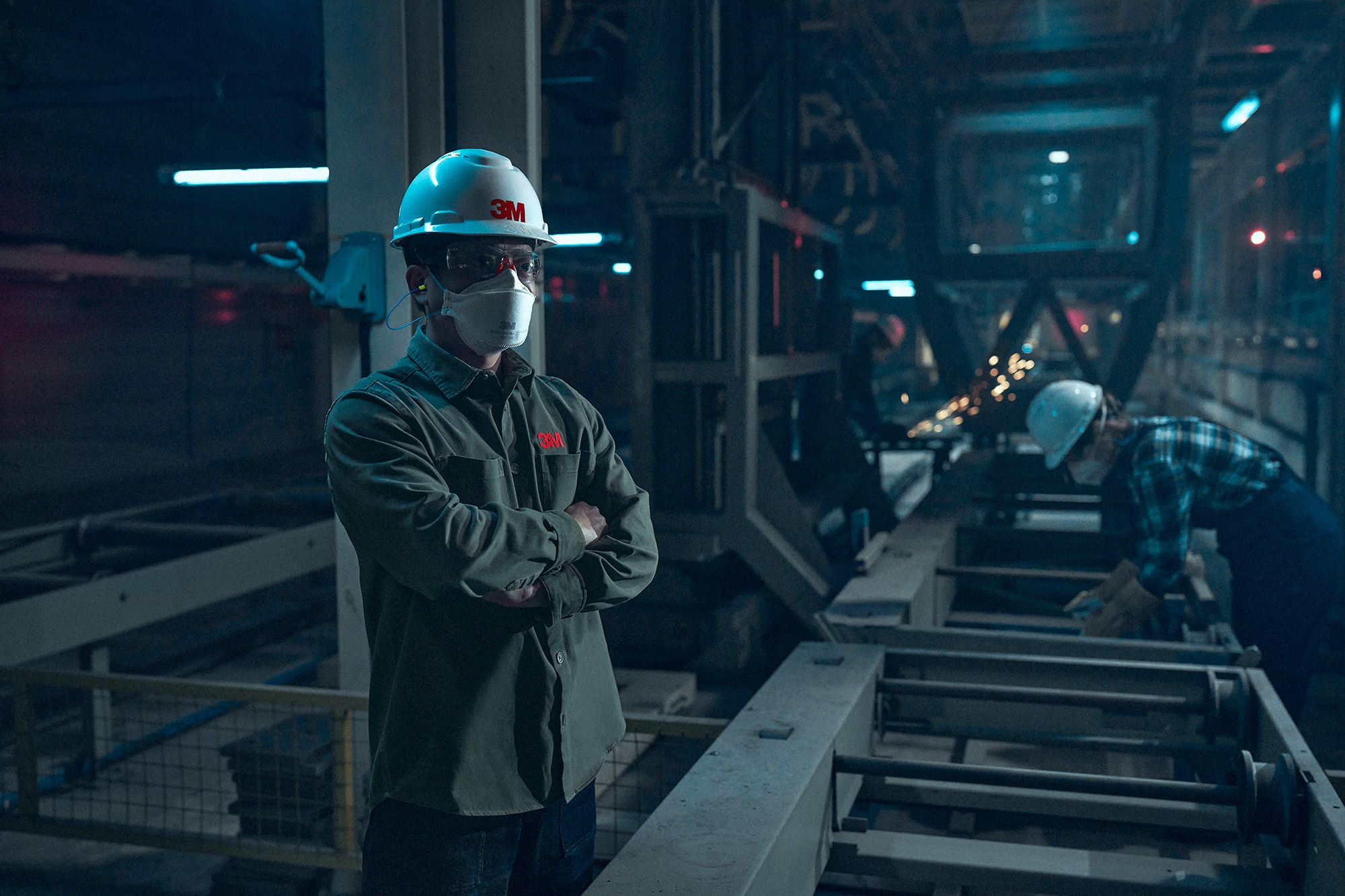Types of Respirators and Protection Factors
The higher the exposure the greater the protection and reduction in exposure required. In AS/NZS 1715, different combinations of respirators are assigned a required minimum protection factor (RMPF) for clean shaven, fit tested and trained wearers. The RMPF is the minimum reduction in exposure required to reduce the wearers exposure beneath the Workplace Exposure Standard (WES). Ideally the wearers exposure is reduced well below the WES.
The RMPF is based on the characteristics of the respirator in question such as:
1. Air Purifying or Air supplied?
2. Positive or negative pressure?
3. Tight fitting facepiece or loose fitting head top?
4. Sealing area of the tight fitting facepiece – half face or full face?
5. Rating of the filter and class of the cartridge?
RMPF 100+
• Self Contained Breathing Appratus (SCBA) positive pressure demand.
• Powered Air Purifying Pespirator (PAPR) with Class PAPR-P3 particulate filter with a full facepiece.
• Full facepiece or head covering with airline respirator supplied air continuous flow. RMPF Up to 100 or up to 5000ppm
• Full face reusable respirators with P3 particulate filter.
• Full Facepeice Reusable respirators with Class 2 gas and vapour cartridge.
RMPF Up to 50 or up to 1000ppm or 5000ppm
• Full Facepeice Reusable respirators with P2 particulaute filter.
• Powered Air Purifying Respirator (PAPR) with Class PAPR-P2 particulate filter with any headcovering or full facepiece.
• Powered Air Purifying Respirator (PAPR) with Class PAPR-P3 particulate filter with any headcovering.
• Full Facepeice Reusable respirators with Class Aus or Class 1 gas and vapour cartridge.
RMPF Up to 10 or up to 1000ppm
• Disposable respirators P1 or P2.
• Half face Reusable respirators with P1, P2, P3 Particulate Filter.
• Class AUS, 1, 2, 3 gas & vapour cartridge.
• Powered Air Purifying Respirator (PAPR) with Class PAPR-P1 particulate filter with any headcovering.
• Powered Air Purifying Respirator (PAPR) with Class PAPR-AUS, 1, 2 g




























